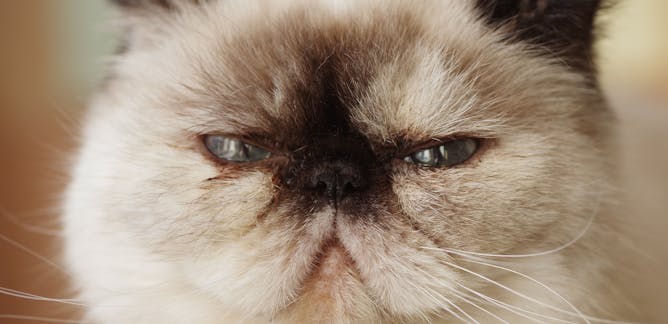
Articles on Animal welfare
Displaying 1 - 20 of 297 articles

The genetic mutations responsible for the unusual physical features in animals can also cause great harm.
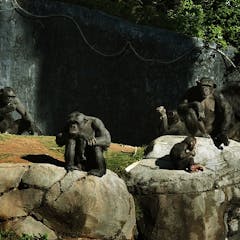
Zoo-based research can teach us about the needs of animals in our care.
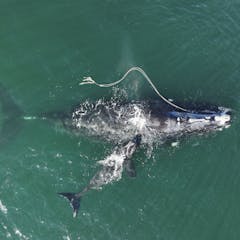
Even when female North Atlantic right whales survive entanglement in fishing gear, it may affect their future ability to breed, increasing the pressure on this critically endangered species.
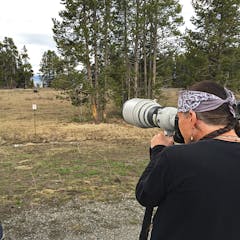
The caption may say that only scientists and trained professionals should handle wild animals, but viewers remember the image, not the words.
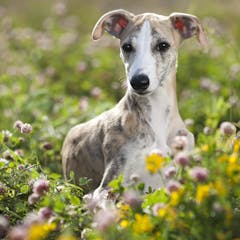
New research shows that certain breeds tend to live longer than others, and this could help potential owners decide which companion is best for them.
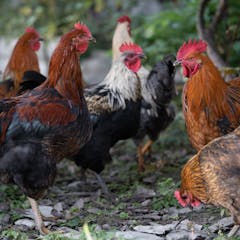
Artificial intelligence can process large amounts of chicken vocalizations, identifying patterns in the birds’ communications.
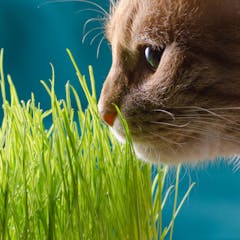
Are plant-based treats like catnip, cat thyme and silver vine safe for cats? And it it ethical to use them?

Keeping your cat indoors is safer for your pet and wildlife. There are some simple steps you can take to ensure its quality of life doesn’t suffer.
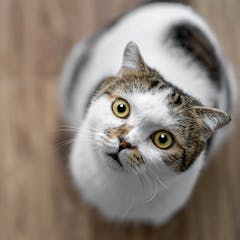
There hasn’t been a lot of research into adult cat play, but a new study shows it’s not just dogs who like to play fetch.
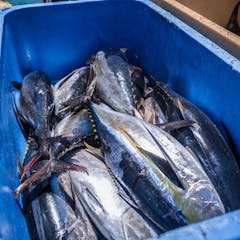
Breeding tuna in captivity is a promising solution to overfishing, but there are concerns surrounding fish welfare.
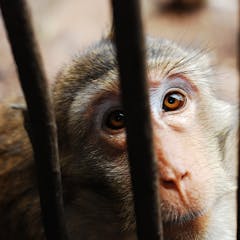
We already have many of the tools to make this imagined world a reality.

Horseshoe crabs play a unique role in medicine, but they’re also ecologically important in their home waters along the Atlantic coast. Can regulators balance the needs of humans and nature?
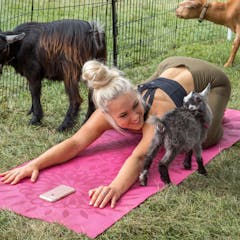
Animal-assisted yoga classes have increased in popularity around the world – but their impact on animal welfare may be far from benign.

In California, surfers say an otter is hassling them and stealing their surfboards. But does she really deserve recapture and life in captivity?
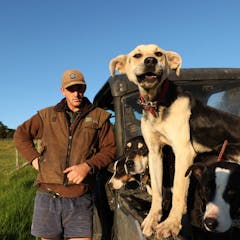
Consumers’ main concerns regarding farm monitoring are food safety, animal welfare and water quality. Many would like to see Māori values and land practices incorporated.
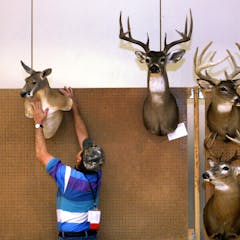
Humans must kill animals in many cases, but they can still modify their behaviours to improve the welfare of animals while they are alive.
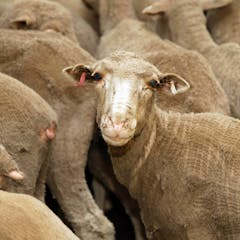
Australia can boast that it leads the world in animal welfare practices. A ban on live exports will more animals being shipped from nations with lower standards.
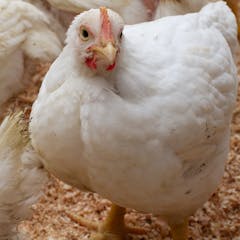
Tracking data suggests individual chickens have very different movement patterns.

When Peter Singer first published Animal Liberation in 1975, he wasn’t aware of climate change. But the new book, Animal Liberation Now, argues eating plants will reduce greenhouse gas emissions.
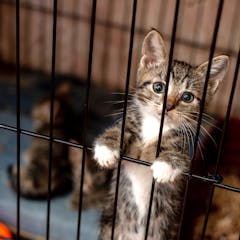
Some 60-100% of cats taken in are strays and at least 50% are kittens born in the preceding six months. Community cat programs focused on free desexing in problem areas are badly needed.
